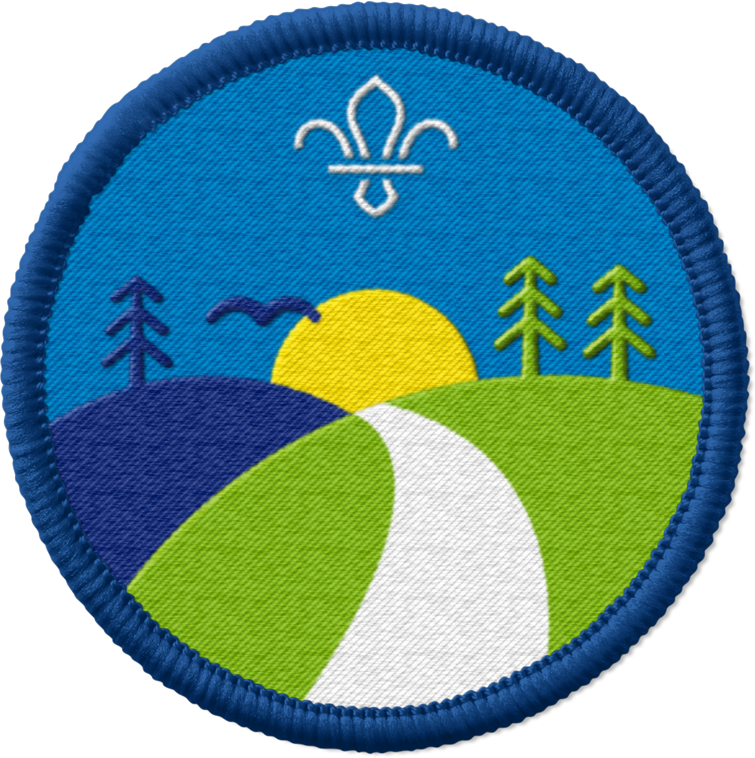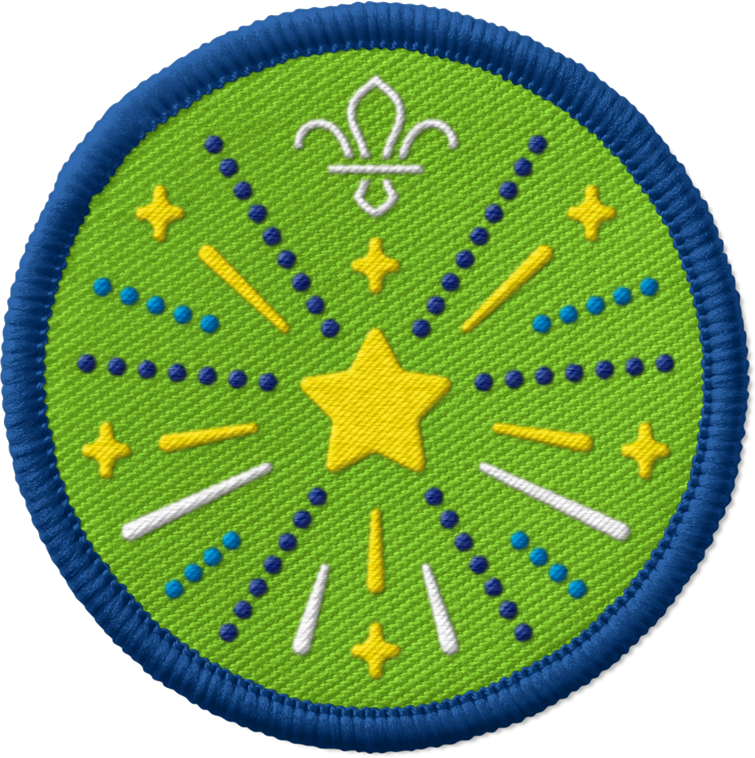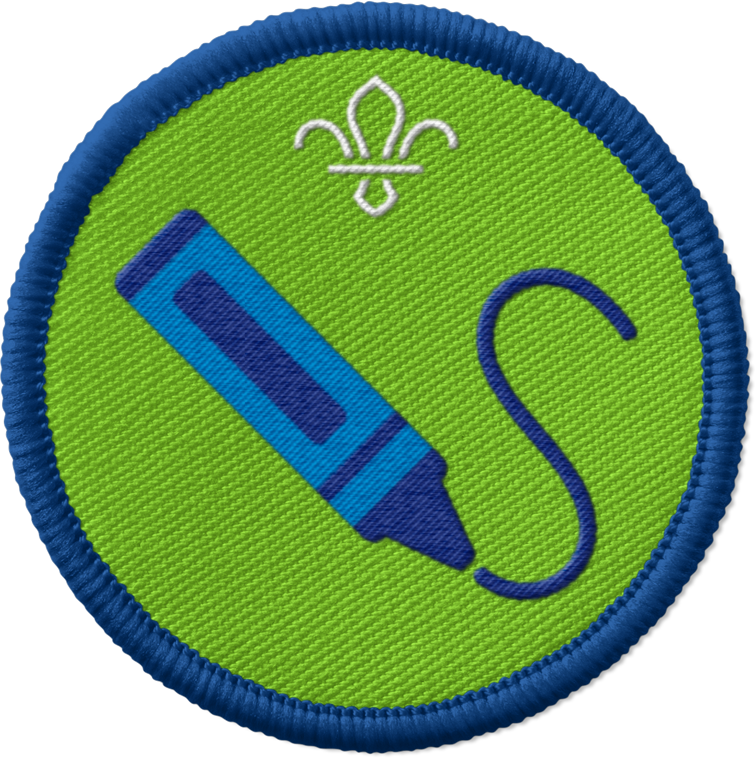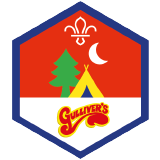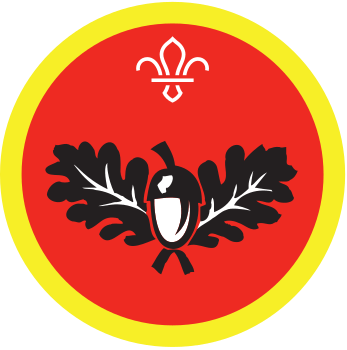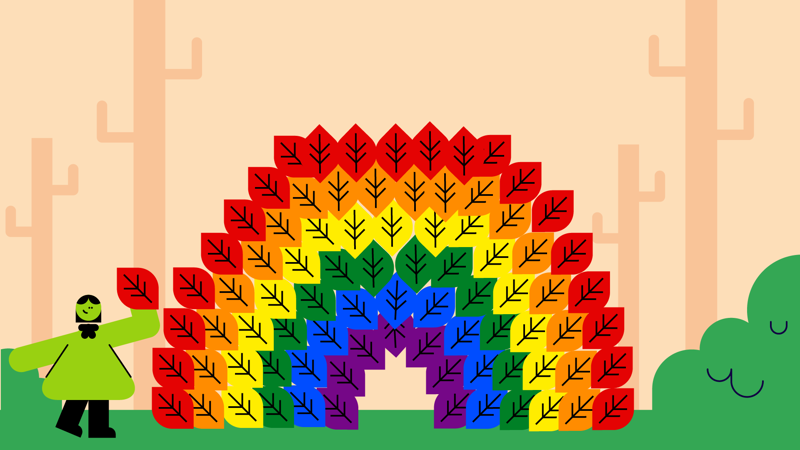
Diversity in nature
You’ll need
- Safe items from nature, such as leaves, feathers, fallen petals, pebbles and sticks
- Nature identification sheets or app
Before you begin
- Use the safety checklist to help you plan and risk assess your activity. Additional help to carry out your risk assessment, including examples can be found here. Don’t forget to make sure all young people and adults involved in the activity know how to take part safely.
- Make sure you’ll have enough adult helpers. You may need some parents and carers to help if you’re short on helpers.
Taking part in this activity
- Scouts is an inclusive, values-based movement and we’re open to all those who share our fundamental values. Find out more about inclusion and diversity in Scouts, and learn about what Scouts are doing to support Pride. You could give everyone a Pride badge for taking part in this activity.
- Pop ‘n’ Olly have lots of resources you could use to explore LGBT+ learning.
Planning this activity
- If it’s difficult to get outside, you could collect natural objects for everyone to use. You could also ask everyone to bring some with them too.
- Make sure that all the plants found that may be touched and any items being picked up are safe for children. You could ask everyone to wear gloves. Each adult could carry a plant, leaf and flower identifying sheet, or have an app to use. You could use The Woodland Trust’s nature detectives’ tree spotter sheets and plant spotter sheets, or try the Seek app from iNaturalist.
- Make sure everyone knows to come dressed for the weather. Don’t forget to check the forecast and be prepared for it to change.
Story time
At some point during this activity, read a story that shows how there are lots of different types of families. We've shared some ideas below.
You could read the story once you’re back from your walk, or you could take some blankets and enjoy having story time in the outdoors.
You could take some time to reflect on the story as a group. We’ve included some questions to help you in the Reflection section on this page. You could also ask everyone what they liked about the story.
- Mommy, Mama and Me by Lesléa Newman - a story about a toddler having a fun day with their two mothers. Borrow this book.
- And Tango Makes Three by Justin Richardson and Peter Parnell - based on the true story of two male penguins in New York’s Zoo, who raise and hatch an egg. Borrow this book.
- Goldilocks and the Five Bear Families by Ollie Pike – Goldilocks delivers letters to lots of different bear families. Watch the video.
- The Pirate Mums - Billy and his two mums go on a swashbuckling pirate adventure. Watch the video.
Explore nature
- You need to find somewhere where you can access nature. This could be at your normal meeting place, or you may want to meet at or go to a local park or green space.
- You could also choose to stay at your meeting place and look at leaves, sticks and natural objects that everyone has collected during the week and brought with them.
- Explain to the group that you’re going to be exploring outside to enjoy the beauty of nature.
- Everyone should get into small groups, with at least one adult in each group.
- In the small groups, wander around and look at the different trees, plants and flowers. The adult in each group should ask if anyone can name any of the plants, or identify their colour or smell.
- Once everyone has finished exploring, the person leading the group should ask everyone to pick up as many different coloured natural items, such as fallen leaves, petals, feathers, pebbles or sticks, as they can. Then head back to your meeting place and get everyone to wash their hands once you arrive back and regularly after touching the natural items.
- If you’re taking natural items along to the meeting place instead of looking for them during the meeting, put a mixture of different objects on each table for each group to look at, name, smell and discuss. The groups could move round every few minutes to give everyone a chance to see everything.
Talking about what you've found
- Now you’ve arrived back at your meeting place, it’s time to talk about what you’ve found. Ask everyone to put all the leaves and natural items they’ve collected in the middle.
- As a group, chat about what you’ve found, using the following questions as prompts:
-
- What can everyone see?
- Which is your favourite item? Are people's favourite items different or the same? Why is that one your favourite?
- How would you feel if there was only one type of tree in the world, or only one type of flower?
- What do you think is the same about all these items? You could try to categorise the items by size, colour, shape or type.
- What differences can you spot between the items?
- What would it be like if all these objects were the same?
Talking about our families
- Explain to the group that this activity is all about celebrating differences, both in nature, in individuals and in our families.
- Ask everyone to think about everyone in the Scout group and who their family is. Ask everyone the following questions.
- What’s the same about everyone in our group? And what makes us all different?
- What’s the same about our families? And what makes our families different?
- What’s something that makes you unique/special? What makes your family special?
- What would it be like if all of us were the same?
- How can our differences make the world a more interesting place?
- Tell everyone that, just like the natural items we found, families come in all shapes and sizes. They’re all a bit different. But there are some things that are same too. For example, our families should all be people who make us who help us feel happy, who all love each other, and who help us to be healthy and safe.
- Ask everyone to think of one reason why it's good that all families are different. Someone might say that it'd be a bit boring if everyone was the same and if all families were the same.
- Ask everyone to think of one thing that makes them proud of each person (and pet!) they live with.
- Explain that we need to be accepting, caring and respectful to people or families who may be different to ourselves or different to own families. This helps everyone to feel happy, proud of themselves and accepted. It helps to make the world a better place.
Talking about story time and make a nature rainbow
- Ask the group if they can remember anything about the families you read about in the story time. You could take some time to reflect on the story as a group. We’ve included some questions to help you in the Reflection section on this page.
- Tell everyone that some families have two mums or two dads.
- You could explain that some families that have two mums or two dads use rainbows to celebrate to show that they're proud of their family. This is because in the past, and still today, some people treat families that have two mums, two dads unfairly, unkindly and differently, in a way that is worse.
- Explain that we can show that we support to families that have two mums or two dads. We can show that we accept them and that we’re proud of them too by being something called an ally, which means friend, and by choosing to display the rainbow symbol.
- Ask everyone to see if they can use the natural items they collected into a rainbow.
- Tell everyone to look at the rainbow and all the different objects. It shows us how different and diverse, but also how brilliant, nature is, just like all families are different, diverse and brilliant.
- Tell everyone that people may have heard of something called Pride month. June is Pride month and is a time of year when people celebrate families that they have two mums or two dads. There are lots of events that happen, such as parades, and you might see rainbows being displayed or worn by lots of people.
Reflection
This activity is all about celebrating diversity, both in nature and in our families. Families come in all shapes and sizes, and they’re all different. We all have different people around us who help us feel happy, healthy and safe.
Mommy Mama and Me
- Who do you think is in on the front cover?
- What do you think this story is going to be about?
- Where did the family go?
- How can you tell that they’re all having a good time at the park?
- What fun things do you do with your family?
- In this family there is a Mommy, a Mama and a child. Who’s in your family? How is your family the same or different to this family?
And Tango Makes Three
- How are Roy and Silo the same as the other penguins?
- How are Roy and Silo different from the other penguins?
- Who’s in your family?
- How’s your family the same or different to this family?
- How do Roy and Silo take care of Tango?
- What things do Roy, Silo and Tango enjoy doing together as a family?
Goldilocks and the five bear families
- Who did Goldilocks invite to her party?
- Who’s part of all these different families?
- Is Goldilocks happy to celebrate her birthday with all these families?
- How does Goldilocks feel about celebrating her birthday with all these families?
- What do you do with your family when you want to celebrate a special event?
Safety
All activities must be safely managed. You must complete a thorough risk assessment and take appropriate steps to reduce risk. Use the safety checklist to help you plan and risk assess your activity. Always get approval for the activity, and have suitable supervision and an InTouch process.
- Visits away from your meeting place
Complete a thorough risk assessment and include hazards, such as roads, woodland, plants, animals, and bodies of water (for example, rivers, ponds, lakes, and seas). You’ll probably need more adult helpers than usual. Your risk assessment should include how many adults you need. The young people to adult ratios are a minimum requirement. When you do your risk assessment, you might decide that you need more adults than the ratio specifies. Think about extra equipment that you may need to take with you, such as high visibility clothing, a first aid kit, water, and waterproofs. Throughout the activity, watch out for changes in the weather and do regular headcounts.
- Road safety
Manage groups carefully when near or on roads. Consider adult supervision and additional equipment (such as lights and high visibility clothing) in your risk assessment.
- Outdoor activities
You must have permission to use the location. Always check the weather forecast, and inform parents and carers of any change in venue.
- Gardening and nature
Everyone must wash their hands after the activity has finished. Wear gloves if needed. Explain how to safely use equipment and set clear boundaries so everyone knows what’s allowed.
You could have each team race to create a rainbow out of the natural objects they’ve found.
Make sure the location and route you plan is accessible for everyone. For example, by avoiding steps or including places to rest.
There are many ways to enjoy the diversity of nature. People could be supported to explore different plants using more of their senses, such as touch and smell. Make sure that all the plants being touched are safe for children.
All Scout activities should be inclusive and accessible.
Everyone could try this activity with their family at home.
You could also use some of your natural items to create colourful prints, with Prints for Pride.
Everyone can be involved in sharing their own ideas and experiences if they’re comfortable to.
